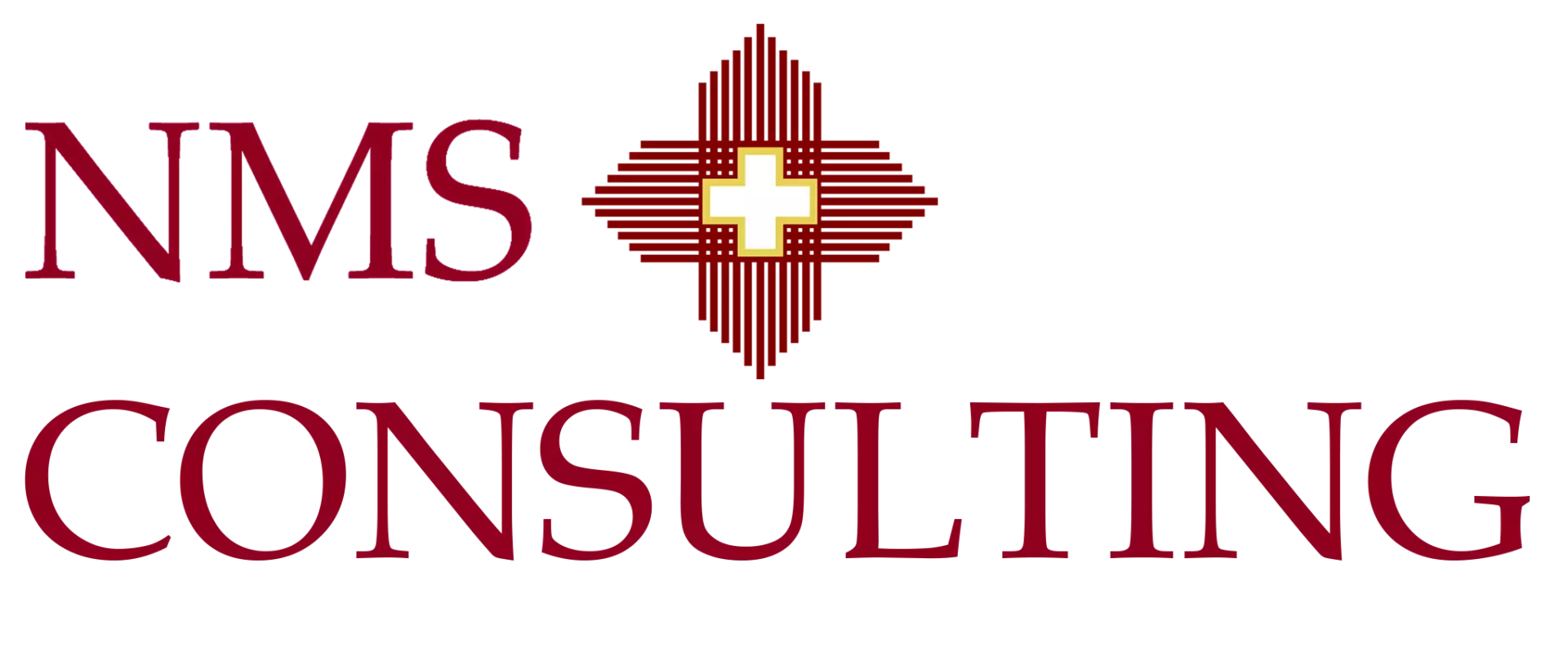The 5 Most Important Benefits of Interim Management

Leadership gaps rarely wait for your hiring cycle. Markets shift. Investors press for results. A key executive departs with little notice. A major system rollout hits roadblocks. The board calls for sharper performance. In each case, waiting months to recruit a full time replacement puts revenue, talent, and strategy at risk. That is where interim management services step in.
Experienced interim leaders arrive fast, carry proven playbooks, and focus on the near term priorities that matter most. Unlike a pure advisory team, an interim manager holds the seat, signs decisions, and leads staff day to day while longer term hiring plays out. Compared with a permanent executive, interim talent delivers targeted impact without long contracts or equity packages. For many boards, private capital sponsors, and founder led companies, this mix of speed and focus is why demand for interim management solutions continues to rise across regions and sectors.
In this article, we review the five benefits that clients cite most often when selecting interim management firms or interim management companies. Each section links to related guidance drawn from our advisory work across change programs, restructurings, growth initiatives, and transactions. If you are evaluating whether an interim leader is right for your current situation, the points below will help you set expectations, define scope, and capture measurable results.
What Is Interim Management
Interim management services provide senior leaders who step into critical roles for a defined period. These assignments may cover C level seats, functional leadership, program direction, or advisory plus operating hybrid roles. The interim leader takes authority to manage people, budgets, and milestones while the client addresses selection or while a transformation runs its course. Most assignments last three to nine months, though some extend longer when the need continues.
Clients turn to interim management firms for many reasons. Common triggers include sudden leadership exit, merger integration, rapid growth outpacing current skill, crisis recovery, technology change, or private equity value creation plans in the first year after a deal close. In all cases speed matters more than perfect fit. A capable interim manager who can lead with ninety percent fit next week is usually better than waiting three months for a permanent hire with a slightly stronger resume.
For a deeper review of how interim leaders support transitions, read our insight on interim management services. You may also find value in our article on what are interim management services and our guide to interim management offerings across sectors.
How Interim Leaders Differ From Traditional Consultants
Consultants advise, analyze, recommend, and in some cases help implement. An interim manager accepts line authority. People report to them. Approvals flow through them. Performance targets become theirs. This operating accountability is the core difference. When you need someone in the seat who can make daily calls while also applying outside perspective, interim management solutions provide a strong option.
At our firm we often blend the two models. A senior interim leader takes the role while a small consulting team supports data work, reporting, and specialist tasks. This pairing keeps daily control with the interim leader while adding analytical depth. See how we apply hybrid teams in change and performance programs in our piece on effective management consulting strategies.
Benefit 1. Immediate Leadership Continuity and Stability
The first and most visible gain from interim management services is continuity. Staff anxiety rises when a top role sits vacant. Projects drift. Customers notice slow replies. Partners question commitments. A seasoned interim manager calms the field by showing up, communicating priorities, and setting near term goals. Even a short message such as thirty day stability targets and a ninety day action list reduces noise.
In high growth markets where senior talent moves quickly, the ability to insert an interim leader inside weeks protects revenue and retains key staff. Our review of current conditions across markets, covered in management consulting trends for 2025, shows talent mobility rising in many sectors. Interim coverage is a practical response.
Leadership continuity also matters during major change. Read our article on change management for methods that interim leaders apply in the first weeks of a transition. For project based roles tied to large system work, see how we guide digital programs in technology and digital transformation.
Benefit 2. Targeted Skill For High Stakes Situations
Certain moments call for very specific skill. Cash burn demands a turnaround chief. A cross border plant adds regulatory questions. A pending sale needs a finance leader with deal experience. Rather than recruit permanent talent you may not need long term, many boards use interim management solutions to import skill for the window of risk.
Examples include:
- Stabilizing liquidity and vendor relations before or during a restructuring. See our insight on turnaround and restructuring.
- Preparing a carve out or sale process in which clean data, reporting, and stand alone plans increase valuation. Review our mergers and acquisitions success resource.
- Driving a time bound market build. If you face an international expansion window, pairing a market entry consultant with an interim manager gives you on site leadership. See market entry strategy and India market entry.
- Guiding complex sector programs. Our teams support health, energy, consumer, and more. Review sector notes such as healthcare and life sciences or energy power environmental.
When comparing interim management firms, look closely at the depth of their candidate bench by sector. A fast fit with relevant background saves weeks.
Benefit 3. Independent View and Rapid Assessment
Fresh leadership brings outside perspective. Internal staff may be too close to see root causes. A qualified interim manager enters without legacy bias and can speak plainly to the board. In the first days they review financials, team structure, major contracts, pipeline data, and current project status. Within two to three weeks most interim leaders provide a clear view of risks and quick wins.
At our firm we anchor early diagnostics in the same data sets we use across growth and performance projects. For a sample of rapid assessment thinking read our guide to increasing revenue with consultants and our review of the value that consultants provide.
Independent review also supports investors. Private capital sponsors often deploy interim management services immediately after close to validate the deal thesis and shape the first hundred day plan. See our perspective on consultants and private equity and explore our private equity practice overview.
Benefit 4. Flexible Cost Model and Clear Return
Permanent executives carry fixed salary, benefits, long term incentives, and search fees. When the need is urgent but temporary, that cost structure rarely makes sense. Interim management companies offer hourly, daily, monthly, or project based models tied to defined outcomes. This predictability helps boards manage cash while still securing senior skill.
A disciplined interim manager links activity to measurable business results. Examples include cash preserved, backlog shipped, working capital released, revenue retained, or project cycle time reduced. By tying fee to milestones you create clear return. For finance minded readers we recommend our article on valuation and financial advisory and our note on the true cost of big data as a model for quantifying spend vs return.
When change programs sit behind the interim role, review our guide to maximizing business value through change and change management and project success for frameworks that link action to numbers.
Benefit 5. Change Acceleration and Transfer of Know How
The best interim leaders leave the company stronger than they found it. That means they not only deliver results but also transfer methods, processes, and coaching to internal staff. A strong interim manager documents key tools, sets up basic dashboards, and mentors direct reports so handoff to a permanent hire runs smoothly.
This transfer is critical in owner led and family owned settings where process maturity varies widely across locations. Review our guidance on business transition and succession and our transition and succession services page for more detail on preparing the next generation of leaders.
Change acceleration also links to culture. Interim leaders often serve as neutral facilitators who can reset meeting cadence, clarify decision rights, and improve cross functional cooperation. Our note on leadership and culture shares methods that interim talent can adopt quickly. For project examples, see operations optimization.
How To Apply These Benefits In Real Company Settings
The five benefits above appear in different combinations depending on your situation. Below are common settings where interim management services pay off, plus related resources.
C Level Exit During Transformation
A chief operations leader exits in month two of a plant modernization. Production quality swings and morale slips. Insert an interim manager with prior plant consolidation wins. Tie scope to throughput stability in the first sixty days and cost per unit improvement by day one hundred twenty. Link to our business transformation page and review manufacturing lessons in automotive growth.
Pre Sale Value Creation
A founder plans to sell in nine months. Reporting is weak and customer churn rising. Bring in interim management solutions to tighten data, reset sales process, and stabilize key accounts. See our successful mergers and acquisitions write up and post merger integration page for transaction related discipline that also helps pre sale prep.
Integration After Acquisition
Two midsize firms combine. Systems differ. Cultures clash. Customers get mixed messages. A cross functional interim management company team can run the integration office while permanent leaders focus on the base business. Review ten secrets of post merger integration and what is post merger integration.
Rapid Digital Program
Your digital timetable compresses due to client demand. You need hands on leadership, vendor oversight, and training. Interim digital program directors combine operating skill with consulting discipline. For related content see digital and technology and our practical field guide to digital transformation key elements.
Performance Reset In Private Equity Portfolio
Quarter three results trail plan across three portfolio companies. Rather than rotate in one of your operating partners full time, retain interim management firms to fill CFO or COO seats for each asset. Align reporting, cost tracking, and cash controls across the portfolio. Review reasons to hire private equity consulting firms and financial institutions and private equity.
Selecting The Right Interim Management Partner
All interim management companies are not the same. When evaluating providers, apply the checklist below.
- Relevant seat experience. Has the candidate held the same or higher role at scale similar to yours
- Sector fluency. Does the interim leader understand your market rules, sales cycles, and regulatory factors Review our sector pages such as healthcare, insurance, and telecom and technology.
- References tied to measurable results. Ask for metrics. Cash saved. Revenue protected. Cycle time cut. Our case studies library shows sample measures.
- Support bench. Does the provider supply analysts, project staff, and functional experts as needed See our core consulting services.
- Transition plan. What does handoff to the permanent hire look like Review guidance in business transition consulting.
For a detailed walk through of scoping, contracting, and onboarding interim leaders, visit our interim management services page and reach out through contact.
Common Questions From Boards And Investors
How fast can an interim leader start
Most interim management firms can present qualified candidates within one to two weeks and place talent on site shortly after agreement. Timing depends on role scope and location. Large global needs may take longer. For multi region coverage review our global office list at locations.
What titles see the most interim activity
Chief executive, chief financial, chief operations, chief information, and program director roles lead the list. We also see strong demand for interim sales leadership and supply chain heads. Explore related commercial content in marketing and sales and review supply chain thinking in supply chain consulting.
Do interim leaders move into permanent roles
Yes in some cases. Many clients use the interim period as an extended working interview. If both sides agree, conversion terms can be set. When you wish to explore this path, discuss it up front with the provider. For points to review in senior hiring decisions see our about us page and the careers section.
How do interim leaders coordinate with consultants already engaged
Clear governance makes the difference. Define decision rights, data standards, and meeting cadence on day one. Our corporate governance resource and digital governance article outline practical guardrails.
Ready To Discuss An Interim Need?
If a key role is open or a major program needs added muscle, our global team can help. We place interim leaders across finance, operations, technology, commercial, and sector specific roles. We also back each placement with data, analytics, and change support drawn from our consulting practices.
Speak With Our Interim Leadership Advisors
About the Author
Aykut Cakir, Senior Partner and Chief Executive Officer, has a demonstrated history in Negotiations, Business Planning, Business Development and as a Finance Director for gases & energy, pharmaceuticals, retail, FMCG, and automotive industries. He has collaborated closely with client leadership to co-create a customized operating model tailored to the unique needs of each project segment in the region. Aykut conducted workshops focused on developing effective communication strategies to ensure team alignment with new operating models and organizational changes.




